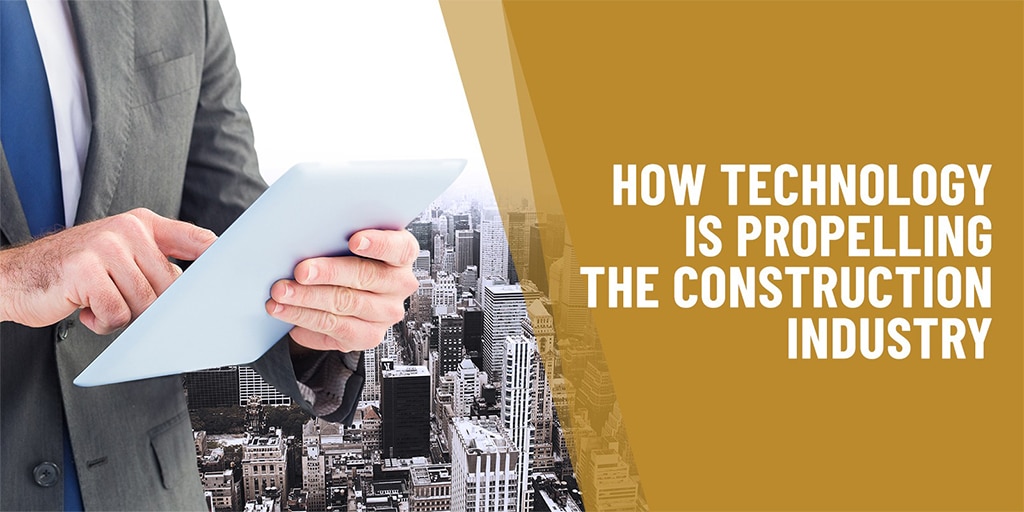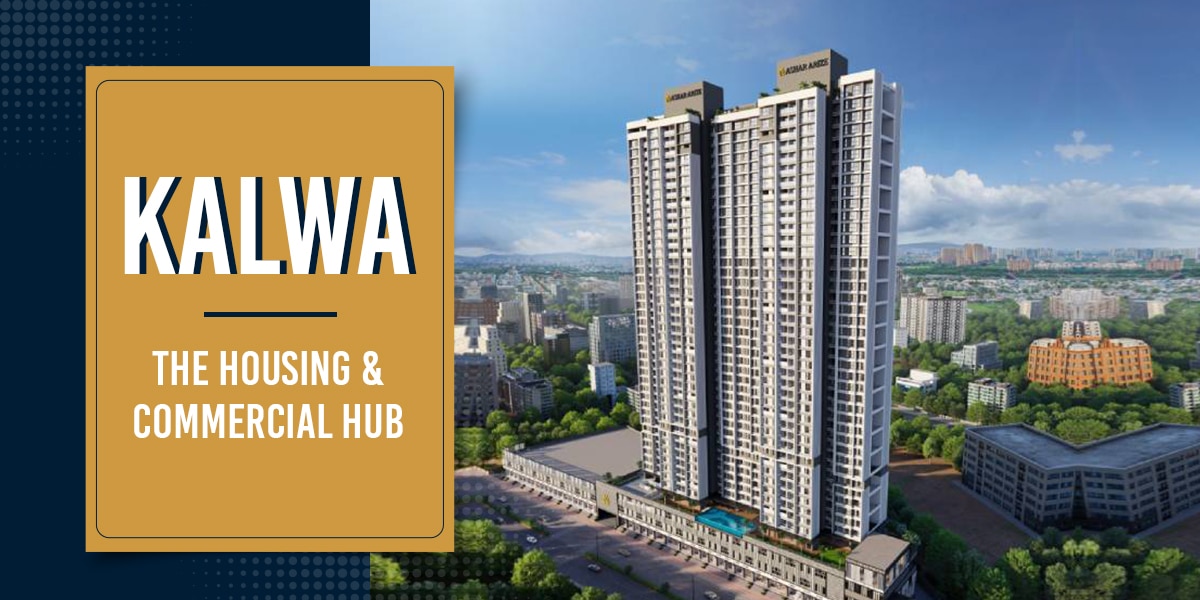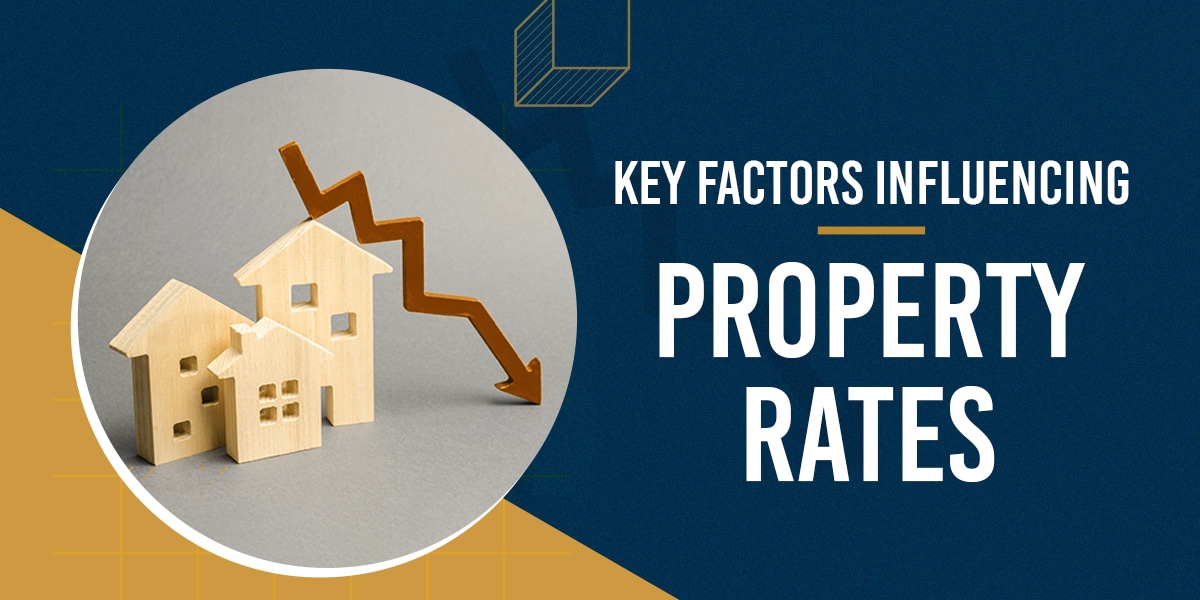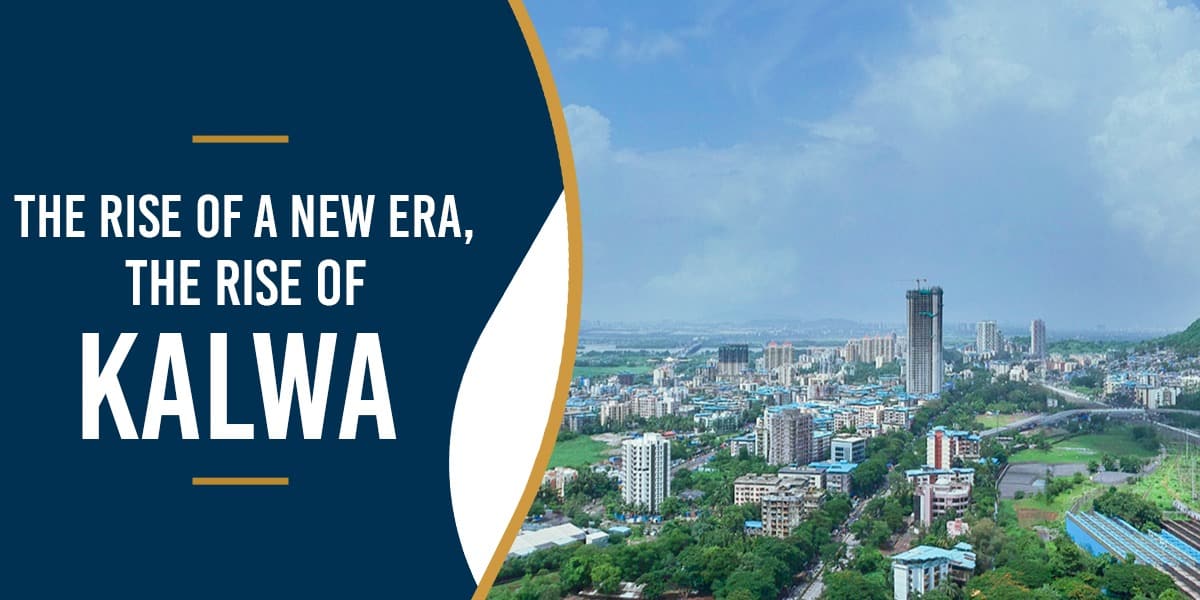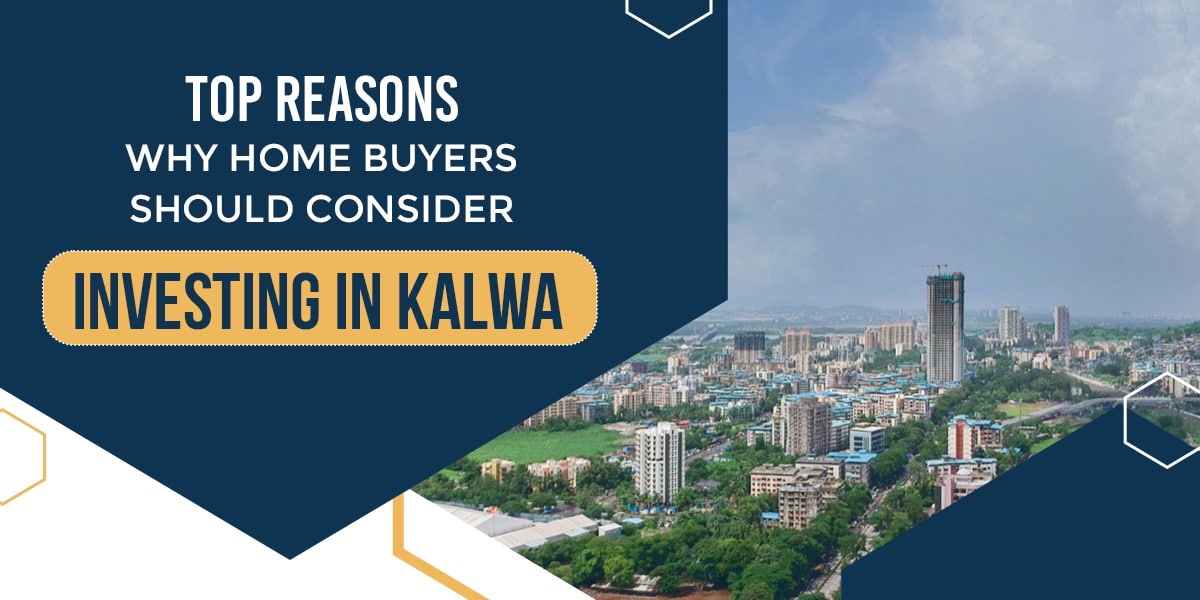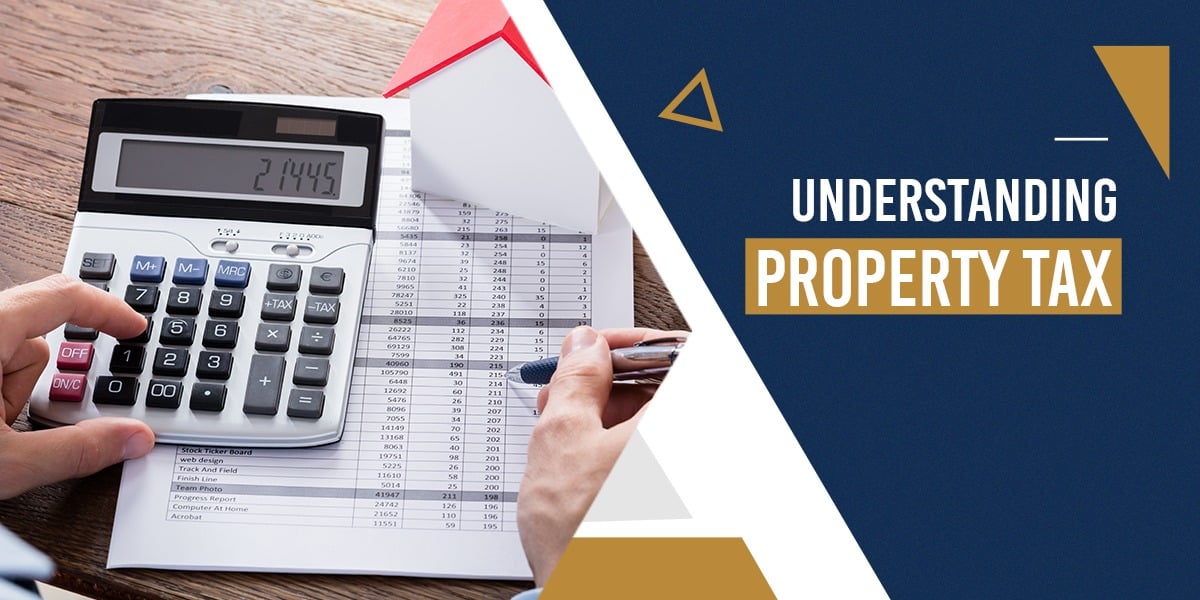Tax Advantages
The Income Tax Act of 1961 contains many provisions that allow for a tax deduction for various components of the purchase or construction of a house, particularly where a home loan is involved, to encourage people to buy their own homes.
The principal and interest payments on a house loan can be divided into two categories. Different parts of the Income Tax Act of 1961 cover the tax benefits for repaying both of these components.
According to Section 80C of the ITA, persons who have made investments can deduct up to Rs. 1.5 lakhs from their total taxable income. Because buying a home is an investment, you can deduct the cost from your income and apply it to your mortgage. This tax benefit is based primarily on the total amount spent in that year on principal payments. Although there is no minimum claim amount, the maximum claim amount is Rs. 1.5 lakhs.
In addition, loans do not just consist of the principal amount; they also include a significant amount of interest. Here’s when Section 24 comes in handy. Interest on loaned capital is exempted under this provision.
If the buyer or their family resides on the property, the buyer or their family can deduct up to Rs. 2 lakhs on home loan interest under the current tax regime. If you rent the house, you can still deduct home loan interest from the rental income under Section 24. (b).
Stamp Duty Exemption
Stamp Duty is a tax that must be paid when you buy a residence. You can deduct this amount from your taxes under Provision 80C, as long as your total deductions under the section do not exceed the upper limit of 1.5 lakhs. It’s vital to keep in mind that you can only claim this deduction in the year that the expense happens.
Capital Gains
Property prices in Thane have risen owing to its proximity to nature and rapid development, as well as the government’s announced measures to improve connectivity.
Property purchasers in this area have increased by 300 percent in the last five years, according to real estate specialists. Research says that Thane will see a surge of 40% job seekers. Such a forecasted increase in employment creation would result in a significant boost in home demand, which could lead to greater capital gain for Thane’s real estate investments.
The profit made if the property is sold within three years of purchase is referred to as short-term capital gain. Short-term capital gains are treated as income and are therefore taxed accordingly. A 30 percent tax is placed on investors whose total income exceeds ten lakhs rupees. After three years, the profits are considered long-term capital gains, which are taxed at a rate of 20% after indexation.
Long-term capital gains are profits earned from properties sold within five years of purchase. In this situation, the tax benefits under Section 80C will be reversed, but you will still be eligible for Section 24 benefits (b). Any money used to pay down the principal will be taxed, but loan interest can be deducted.
Tax Deductions on Depreciation
Depreciation benefits are by far the largest tax deduction for buyers, considerably improving their cash flow as they repay their mortgages. Real estate properties depreciate over time. The owner must reinvest in the house to maintain it by making repairs and modifications. Tax deductions are available for both the improvement expenditures and the depreciated purchase price. When the residence is occupied by the owner or a tenant, the depreciation begins.
Because a home loan has various tax benefits, purchasing a home is not only a financially viable decision but also one that provides tax relief. With home loan interest rates at their lowest in four decades, now is the best moment to make your house-buying dreams a reality. If you are looking to buy property, Thane is one of the most viable options for investment.
Thane – the safe real estate investment bet
Thane’s connectivity spans to Navi Mumbai, as well as Mumbai’s Eastern and Western Suburbs through road and railway networks. Thane has a lush habitat with minimal pollution levels in the air, water, and noise. Thane has become a popular residential destination due to its superb social infrastructure. Thane’s social infrastructure has been revolutionised by a diverse range of residential options, a multicultural population, and leisure options. Ashar Group’s projects with 1 BHK Flats in Thane are one of the best properties for investment. Due to the development of several business parks and the availability of effective social and civic infrastructure, the area, which is valued as a residential site, has also been drawing commercial enterprises.
While Thane is emerging as the next favourite for people to take residence at considering the high level of infrastructure, the low cost of living is also a major factor to be considered.
- Thane has more huge branded developers with major townships competing against each other than possibly any other city in India today. As a result, developers in Thane are far ahead of those in Mumbai in terms of best practices. Thane’s housing prices are more reasonable.
- Premium projects in good locations in the city are 30-40% less expensive than their Navi Mumbai counterparts. With better connections and a strong social infrastructure, the area has become a popular choice for professionals looking for a place to call home.
- Mumbai’s railway network through the Central Harbour Rail Line, Thane-Panvel Rail Line, and Central Railways also connects to Thane. The ease of travelling from Thane to various parts of Mumbai makes it the most viable option to reside in.
- Another key route of connectivity is the proposed metro rail, which would run along the Ghodbunder Road with more than ten halts within Thane. This will cut travel time in half. Other infrastructure projects planned include the Thane-Diva Road, the Bhiwandi bypass flyover, and the metro-3 project to Kalyan and Mira Road.
- The road and rail connectivity from Thane to Mumbai aid in faster and smoother travel for residents resulting in saving time and money.
- According to data from CRIF High Mark, a credit bureau, Thane had more active home loans than Mumbai as of December 2019: 5,82,613 versus 5,41,892.
- Homebuyers are now increasingly moving towards affordable homes without compromising on the standard of living. This has led to an influx of investments in Thane.
Thane has gone a long way from being a barren piece of land to today being known for housing lavish and high-end gated homes. Investors are optimistically looking at Thane, realising that a fantasy of living a rich life in a space-constrained city like Mumbai is a far-fetched idea. Thane city properties now provide residences in gated communities with even 4 to 5 bedroom apartments. Thane is rapidly growing into a full fledged township with a plethora of commercial establishments. Take advantage of the opportunity when it comes knocking! Make the most of a location that is still developing by investing in Thane to enjoy a higher standard of living at a low cost.

